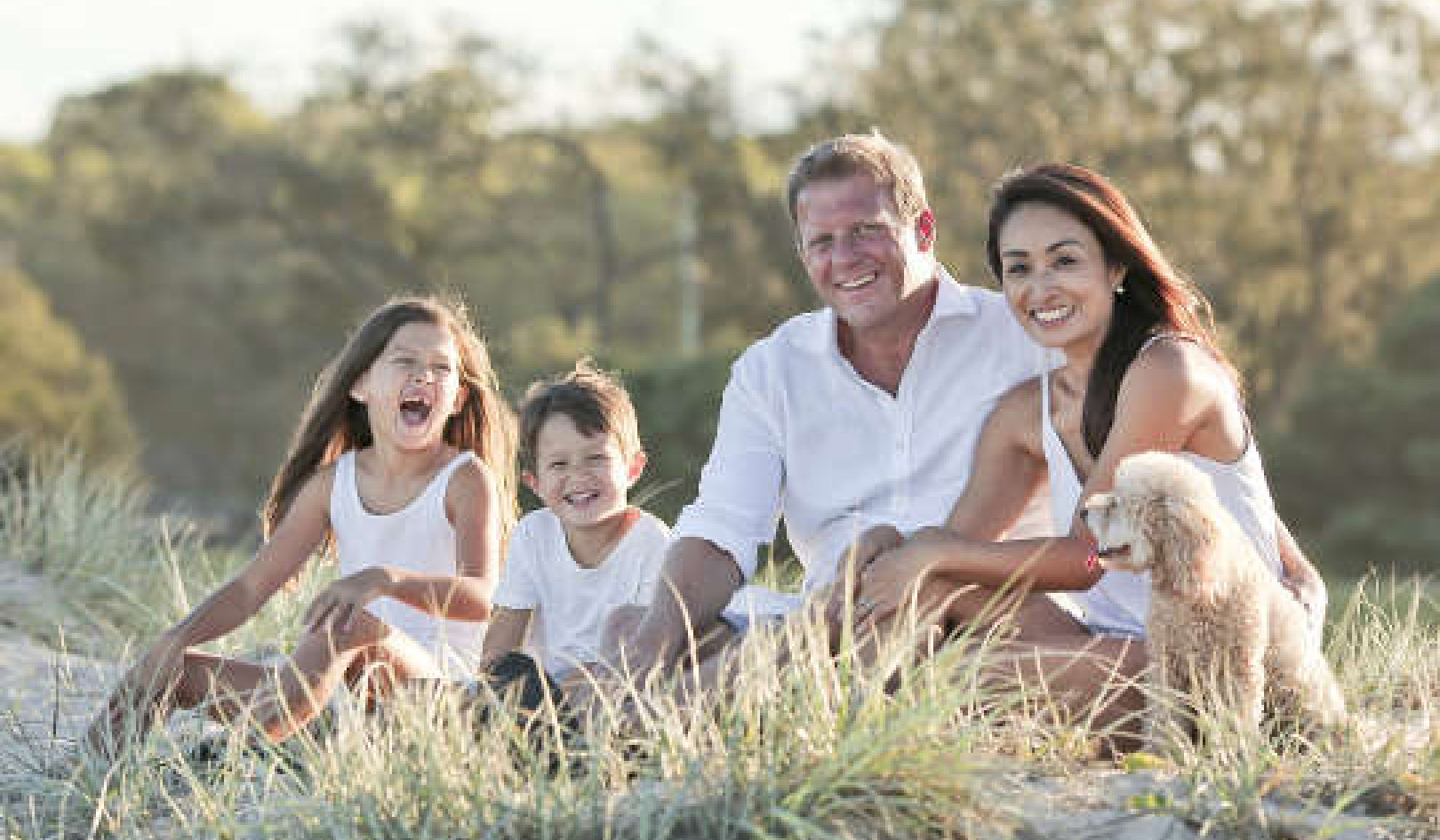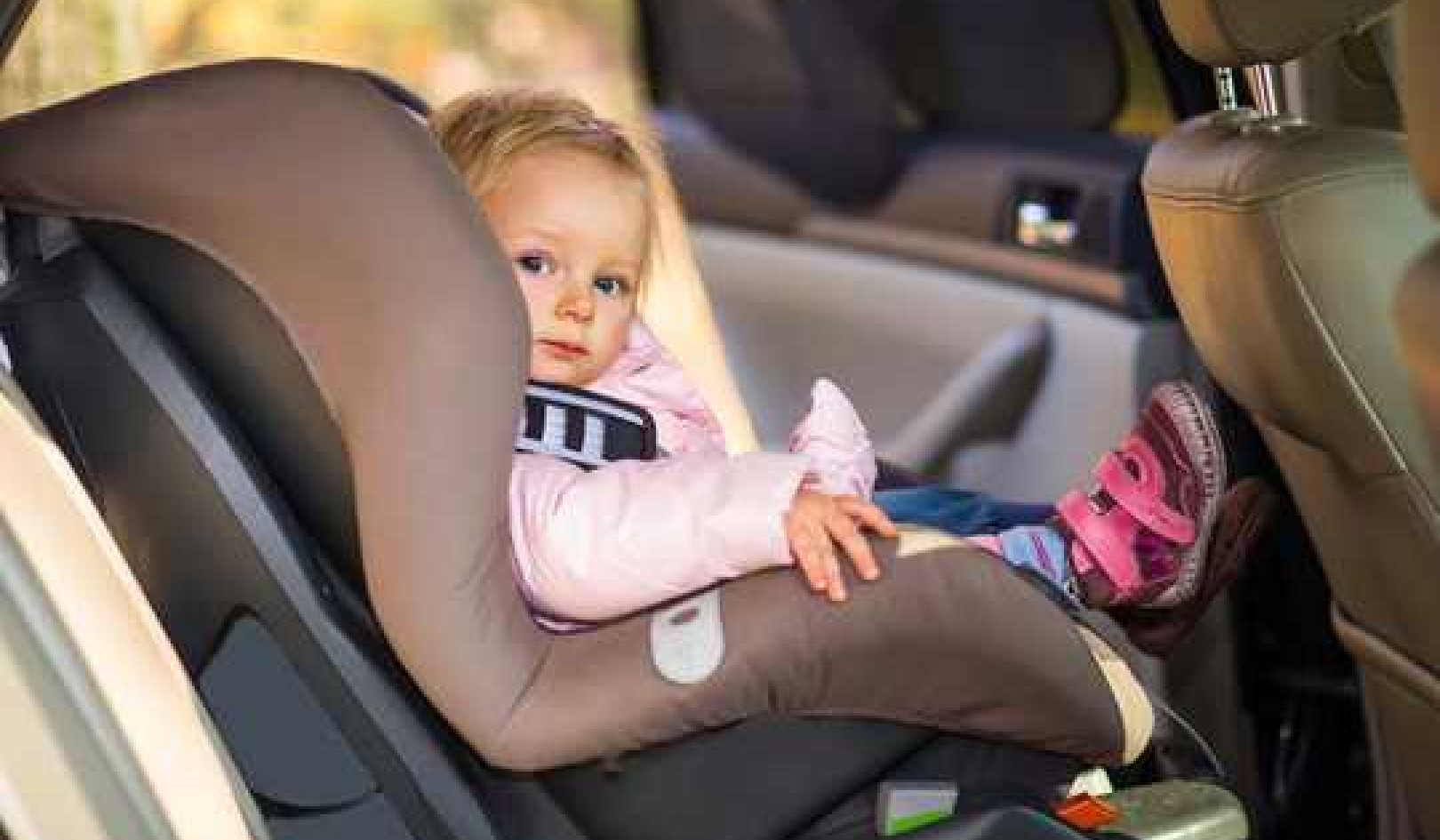How Do Children Learn Empathy?
Thanks for visiting InnerSelf.com, where there are 20,000+ life-altering articles promoting "New Attitudes and New Possibilities." All articles are translated into 30+ languages. Subscribe to InnerSelf Magazine, published weekly, and Marie T Russell's Daily Inspiration. InnerSelf Magazine has been published since 1985.


Empathy, the ability to understand others and feel compassion for them, is arguably the most defining human quality – setting us apart from smart machines and even other animals. Without it, we couldn’t function in social areas such as the schools, court rooms and office workplaces that are the cornerstones of our society.
But babies and toddlers are generally poor at showing sensitivity to other people’s feelings. So how do they develop this crucial skill – do they learn it gradually or is it just an innate ability that kicks in at a certain age?
Empathy involves being sensitive to the emotions of others, understanding those emotions and responding in an appropriate way. Studies on how empathy develops need to look at how children understand and respond to emotions rather than their ability to recognise them. This is because children who have difficulties with empathy generally have little or no difficulty in identifying emotional reactions in others, but rather in understanding the purpose or cause of it.
For most children empathy seems to come naturally. Others may be perfectly capable of understanding the emotions of others but choose to respond in an inappropriate way, such as being aggressive. On the other hand, children with autism spectrum disorder may be very sensitive to the emotions of others but at the same time have difficulty in understanding those emotions and knowing how to respond. That difficulty can result in negative social experiences, leading to poor social confidence and social withdrawal.
This shows just how important the development of empathy is: poor social skills in childhood have been linked to a number of issues in adulthood – ranging from relationship and mental health problems to low income and substance abuse.
An imitation game
It has long been known that early experiences of social interactions shape the way we respond to others. Classic experiments in the 1960s showed that children were more aggressive after seeing aggression – and also copied specific aggressive behaviours. This may not seem to have anything to do with empathy, but it actually shows how important imitation is for children to learn patterns of emotional responses.
Newborn infants may not be very interactive but they are capable of a form of simple facial mimicry. Try sticking out your tongue in front of a newborn baby and he or she may copy you. Within a few months, babies progress to reciprocal smiles. At three months of age infants are reflecting the emotions of their parents. For instance, babies of mothers with high levels of anxiety have been shown to smile less than others as a result of their mothers smiling less. It may not seem like it, but this is the very first stage of empathy.
Between six and 12 months, an infant can differentiate between different types of emotional expressions and begins to understand that other people have intentions. The imitation behaviour continues and becomes more frequent over the first two years of life. In the second year, children also develop the ability to pretend and imitate behaviours in order to simulate emotions in others, rather than just immediately copying reactions. Emotional expressions in others evoke a child’s own memories of similar emotional experiences – the foundation of empathy.
By the age of four, children can separate truth from falsehood and intentional behaviour from accidental acts. While these are great tools for learning empathy, it doesn’t mean that a child is ever fully developed in this regard. Empathy is something we keep on developing for the rest of our lives.
But are some children born with a brain that is wired to be more empathetic? Neuroscience models have traditionally tried to separate empathy into various components – such as cognitive, emotional and expressive – located in separate brain regions. However, we are increasingly realising that the pathways used to perceive and express emotion are fundamental parts of the learning process of attributing intentions to emotional experiences – be it via gestures, actions, facial expressions or words. Empathy is therefore tied to sensory and motor systems which means that, like any other aspect of development, it cannot be treated as an isolated ability.
So it really seems that empathy can be cultivated – relying on adults and peers modelling appropriate emotional responses to events at changing levels of complexity as a child grows. It also depends on the capacity to think about, imagine and reflect on emotional experiences, which may explain why reading fiction appears to improve empathy.
But there will always be individual differences in capabilities to learn from past experiences and coordinate responses. It’s also important to keep in mind that children who experience a negative or emotionally indifferent environment at home are likely to develop different expectations of emotions in others, perhaps such as finding more positive or more complex emotions hard to understand. For example, a child born to hostile or neglectful parents will learn to be biased to attribute negative intentions to others.
Thankfully, the days when it was acceptable to be cruel to children to “toughen them up" are over. But as a society we still have some way to go in recognising what we can do to promote healthy emotional development – such as empathy – both in our families and in the wider social context.
About The Author
This article originally appeared on The Conversation
Related Book:
at

Thanks for visiting InnerSelf.com, where there are 20,000+ life-altering articles promoting "New Attitudes and New Possibilities." All articles are translated into 30+ languages. Subscribe to InnerSelf Magazine, published weekly, and Marie T Russell's Daily Inspiration. InnerSelf Magazine has been published since 1985.

Thanks for visiting InnerSelf.com, where there are 20,000+ life-altering articles promoting "New Attitudes and New Possibilities." All articles are translated into 30+ languages. Subscribe to InnerSelf Magazine, published weekly, and Marie T Russell's Daily Inspiration. InnerSelf Magazine has been published since 1985.

How Can We Be the Best Parents We Can Possibly Be?
We are the ones who make the choices and convey the lessons—by word and deed, wittingly and unwittingly—that shape a young person’s ethics and values, point of view, and priorities.

Is Traditional Heterosexual Romance Sexist? Exploring Women's Preferences & Attitudes
Despite progress towards greater gender equality, many people remain stubbornly attached to old-fashioned gender roles in romantic relationships between women and men.

Children Dying In Hot Cars Is A Tragedy That Can Be Prevented
The deaths of twins in the backseat of their father’s car is yet another reminder of how tragedies can occur when the brain goes into an autopilot mode and loses awareness of crucial events.

The Great Tuning to Love and Compassion: Co-Creating a New World
We can co-create a world in which all children are safe, loved, honored, nourished and embraced. In so doing we co-create a world of love and well-being for everyone. We do not walk away. We go...

Powerful Lessons from a Dreamer: How to Succeed in a New Country
While this article is directed to new immigrants, its precepts can be applied to anyone experiencing challenges in life.

Hearts on Fire: Maui -- The Heart Center of Our World
Maui exists as a special place for millions of people all over the world, from those who revere it as one of the world’s sacred sites to tourists who come to reboot their lives.


 Justin H G Williams, Senior Clinical Lecturer in Child Psychiatry, University of Aberdeen. He is a child and adolescent psychiatrist interested in the processes involved in the development of social learning imitation and empathy, particularly with respect to autism spectrum disorder.
Justin H G Williams, Senior Clinical Lecturer in Child Psychiatry, University of Aberdeen. He is a child and adolescent psychiatrist interested in the processes involved in the development of social learning imitation and empathy, particularly with respect to autism spectrum disorder.















